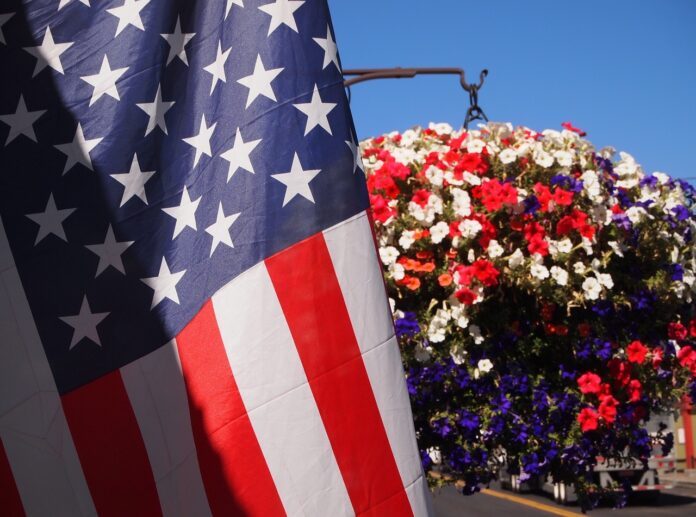Labor Day is a national holiday in the US, celebrated every 1st Monday of September each year. This day is a tribute to the countless men and women who have toiled tirelessly to build and shape the nation. It is an occasion to salute the American workforce and acknowledge the significant contributions of the labor movement of the 1800s.
Today, Labor Day is celebrated with parades, parties, and speeches by elected officials and community leaders emphasizing the economic and civic importance of the holiday. The day serves as a reminder of the struggles and achievements of the American labor movement.
The roots of Labor Day started back on September 5th, 1882, when it was first celebrated in New York City. Subsequently, in 1884, the date was standardized to the 1st Monday in September. The government’s true recognition of Labor Day came in 1885 when a municipal ordinance was passed, solidifying its status as a legitimate holiday.
The 19th century was a challenging period for American workers. During the Industrial Revolution, they faced long hours, larger wages, and hazardous working conditions. In response, labor unions and activists began advocating for improved treatment of workers. The idea emerged from this movement to establish a dedicated day for honoring the members of trade and labor unions, a day that would become Labor Day. It was a pivotal moment in fighting for workers’ rights and fair treatment.
Co-founder of the American Federation of Labor, Peter J. McGuire, is often credited with the idea for Labor Day. Recent research suggests that machinist Matthew Maguire, serving as the secretary of the Central Labor Union in New York, proposed the holiday in 1882. Regardless of its origins, Labor Day has grown significantly and has become an integral part of American culture.
The observance of Labor Day spread across states, and in 1894, Congress declared it a national holiday. It has since evolved to be more than just the end of the summer season. Labor Day has become a significant retail sales weekend, second only to Black Friday.
While some old-fashioned rules once dictated that wearing white after Labor Day was taboo, this tradition has largely faded. Instead, the holiday is now associated with parades, barbecues, and a final opportunity to enjoy the dwindling summer days.






